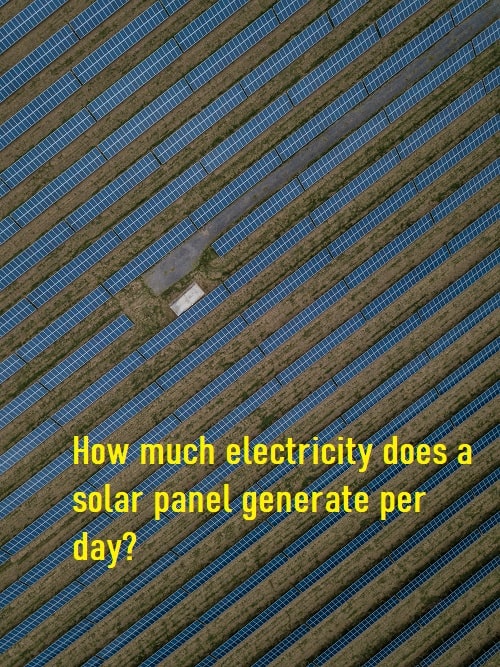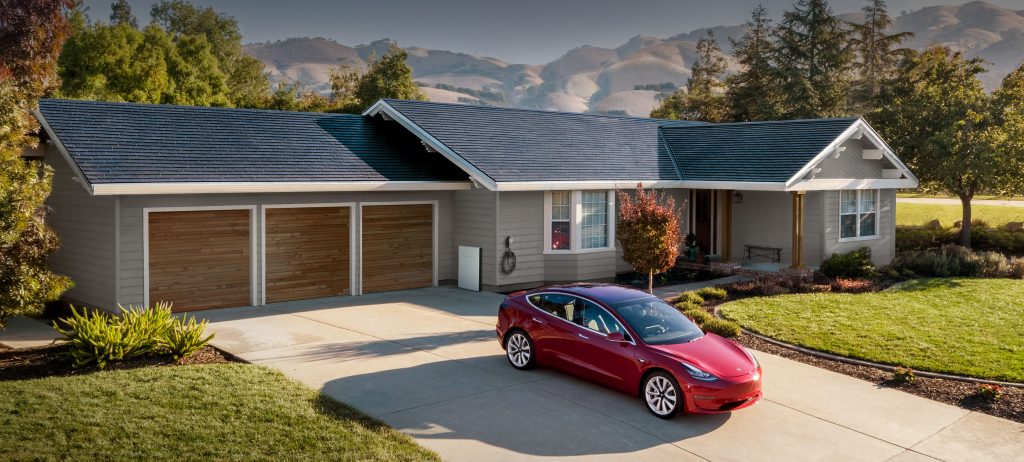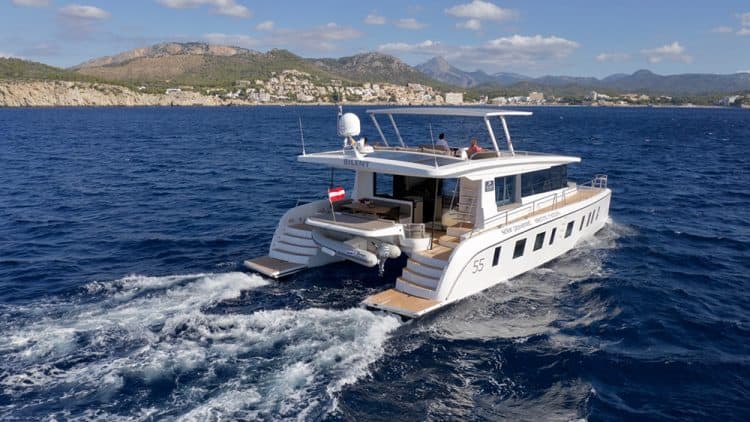Having the world’s highest average solar radiation per square meter, Australia is considered the most potential and viable solar energy source whether you’re a home or a commercial entity looking to install panels on your premises.
Choosing the right solar system can be very confusing as there’s a lot of misleading jargon and buzzwords – especially with the solar panels! You’ll also have to ensure they are compatible with your entire solar system – you’ve then got to see how they interact with each other before trying to calculate their output, which can be challenging as well.
It is impossible to tell you with certainty that your solar panel produces this much power – as this varies from brand to brand and panel to panel. There’s also something else you need to consider in addition to choosing a panel – the quality of manufacturer, generally ranked via solar panel tiers.

How are solar panels tiered?
Solar panels are categorized into three tiers, with tier 1 as the best. This can affect output depending on the brand and number of watts per panel (especially over longer periods of time). Your location will also be important – obviously someone in Australia is going to get better value out of a solar installation than someone in Glasgow (only 50 days of sunshine a year there…).
Let’s discuss the concept of a Tier 1 solar panel. This is a bit of a misnomer – in the sense that Tier 1 or Bank-ability solar panels come from companies which have been in the industry for many years and are financially capable of dealing with your warranty issues, repairing issues or any problems you encounter over the ~10 years you will use their product. That’s my convoluted way of saying Tier 1 denotes the ranking of the manufacturer itself, not the solar panel. It is the manufacturer who will back up your product in the case of potential future defective panels or installations. Banks or investors may not want to put their money in your solar power project (commercial solar or residential) unless they’re satisfied your manufacturers are likely to be around if and when your solar systems malfunction. How many successful projects has the company undertaken? How long have they been around? The answers to these questions will impact which tier the manufacturer is.
It is important to keep in mind that Tier 2 or Tier 3 solar panels are not always a poor choice per se – these manufacturers can also offer high quality panels, it’s just riskier to rely on them because the company is recently established, and you may not be sure how long they’ll be in the industry. Maybe their manufacturing standards aren’t as robust as some of the bigger brands – as always, you get what you pay for. It’s a matter of weighing up the pros and cons and ensuring your solar investment is making money within your risk tolerance. And if you’re going for a bigger installation, it’s generally worth going for a quality manufacturer and a tier 1 panel. Preferably more than one, but you get the point.
Who chooses solar panel tiers?
This tier-based ranking (remember, it’s per manufacturer, not per panel) is decided by Bloomberg New Energy Finance – a research organization. There are other ‘tier’ lists out there which are better off avoided as it can be very confusing – the Bloomberg list has been well trusted for a long time.
If you’re interested in more detail in how a company’s tier is decided, the official BloombergNEF site has a useful PDF you can download here.
Just remember, there’s a lot of marketing involved in solar, so be sure to ask as many questions as you can to the salesperson. Grab a copy of the spec sheet for the panels they’re showing you and check it out yourself. Do your due diligence and you can even end up with a cashflow positive solar installation.
How much electricity does a solar panel generate per day?
Your location and the amount of watts in the solar panel will also impact the amount of power your panels are able to generate. solar panels will be in terms of making the most of the solar power.
Your inverter also plays an important role in regulating and maximising generation of solar power. A top-notch quality solar inverter determines how well your solar output is distributed, applicable once the DC power turns into AC.
In Australia you can generally bank on 10-12 hours of sunlight during summer. For simplicity’s sake, let’s call average sunlight 10 hours for our calculation, and the capacity of the solar panel we’re measuring is 300 watts:
Total Watts = Average time of sunlight x Solar Panels watts x Number of Panels
= 10 x 300 x 1
= 3000 Watts Hour or 30KWH Daily
But we also need to consider solar panel efficiency. A solar panel has a maximum of 15–22% efficiency, due to the Shockley-Queisser limit silicon panels will never reach greater than 1/3 efficiency.
Let’s calculate total watts from a single panel, daily, with 20% efficiency:
3000 Watts x 20% = 600 Watt Hours or 0.66KWH per day.
If you want to measure solar output you have numerous options depending on which inverter you’ve chosen. Most of them offer a web-based interface so you can keep an eye on how much money you’re saving – you could even pipe the solar statistics to a Raspberry Pi, or automate reports showing how much you’ve saved. Solar power in Australia has never been cheaper – we’re seeing a meteoric rise in commercial solar installations nationwide, whether you’re Ikea or an SME – it’s time to go green and choose solar power for your business.
Which manufacturers offer tier 1 solar panels in 2021?
As per review.solar for Q1 2021:
- LONGi
- Jinko
- JA Solar
- Trina Solar
- Canadian Solar
- Risen
- QCells
- Suntech
- Talesun
- First Solar
- ZNShine
- Seraphim
- Eging
- Haitai New Energy
- Astronergy
- Jolywood
- SunPower/ Maxeon
- Jinergy
- VSUN Solar
- Jetion
- LG Electronics
- BYD
- AE Solar
- Phono Solar
- Waaree
- HT-SAAE
- REC Group
- URE
- ET Solar
- Renesola
- Adani
- Boviet
- Vikram
- Ulica
- Leapton
- Hansol
- Kyocera
- S-Energy
- Recom
- Shinsung
- Heliene
- Sharp
- Swelect
- Photowatt




